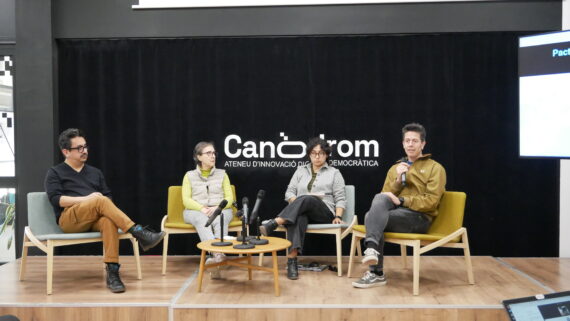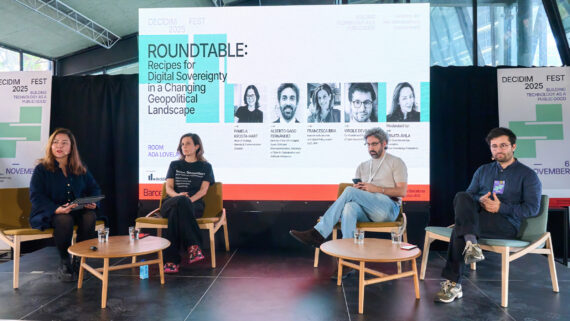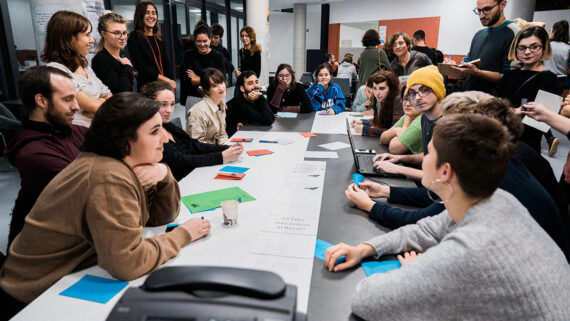
What is digital violence?
Digital technologies are not neutral. They have been created by individuals (mostly white, Western, cisgender heterosexual men, and upper-class), and consequently, they are not free from biases and inequalities. The gender digital gap is very noticeable in those who produce and decide on technology.
Digital violence encompasses everything from online harassment and threats, hate speech, threats, digital control and humiliation, to the non-consensual dissemination of intimate images. It is a problem that affects all ages and contexts and poses an obstacle to gender equality. These forms of online violence negatively impact the freedom and security of individuals on the Internet, creating a toxic atmosphere. Confronting them is a critical and necessary task to build a safe and inclusive online environment!
A tool for anyone seeking online protection
Through the evocative illustrations by Clara Iris Ramos, we delve into three fundamental themes for online security: privacy, control and network security, and response to surveillance situations. With a didactic and accessible approach, this experience will help you take control of your online information with tools, strategies, and practices to address situations of digital male violence.
The guide also offers advice on how to engage in safe sexting and take control of intimate images. “Sexting involves sending images of a sexual nature with the consent of all parties involved. This sexual practice, like any other, may or may not occur in a relationship and should not imply any judgment,” explains the guide.
About the “Rapid Feminist Digital Self-Defense Kit” guide
Fembloc is the new feminist line of attention and support against digital violence. It is driven by Donestech, the Cultural Association of Women for Research and Action (ALIA), Calala Women’s Fund, and the University of Barcelona, with the support of the Department of Feminisms of the Government of Catalonia, the Barcelona City Council, and the Ministry of Equality of Spain.
This guide has been developed by Fembloc/ Donestech and its F5 project to raise awareness about what digital male violence is and provide tools to combat it. The publication includes practical self-defense advice and promotes resistance against the gender digital gap, thus contributing to a feminist digital world.







